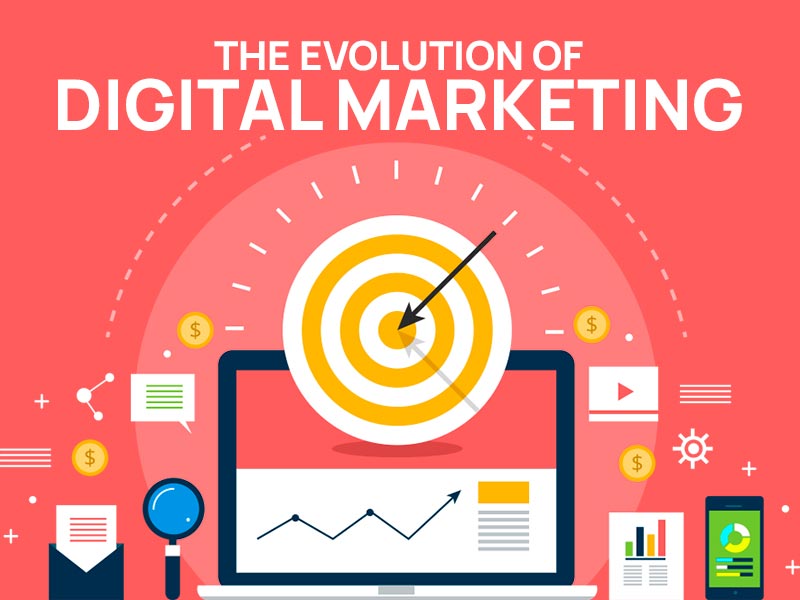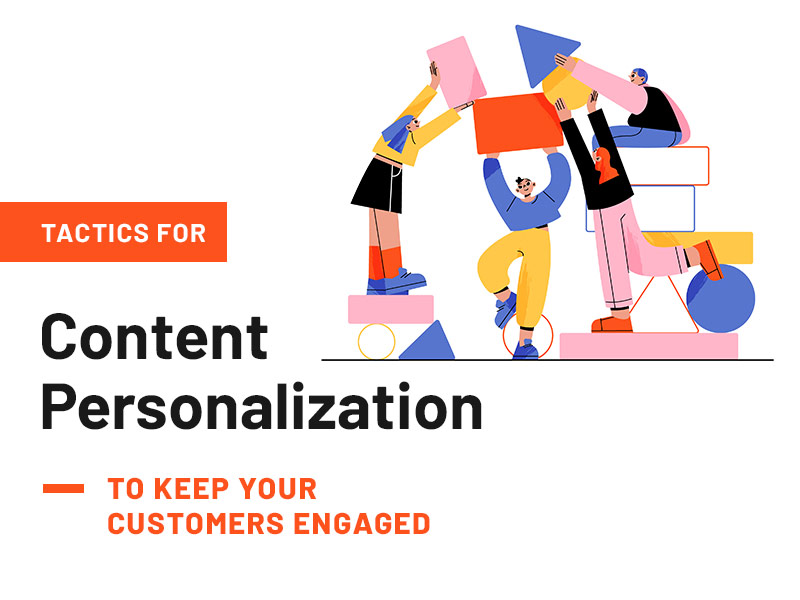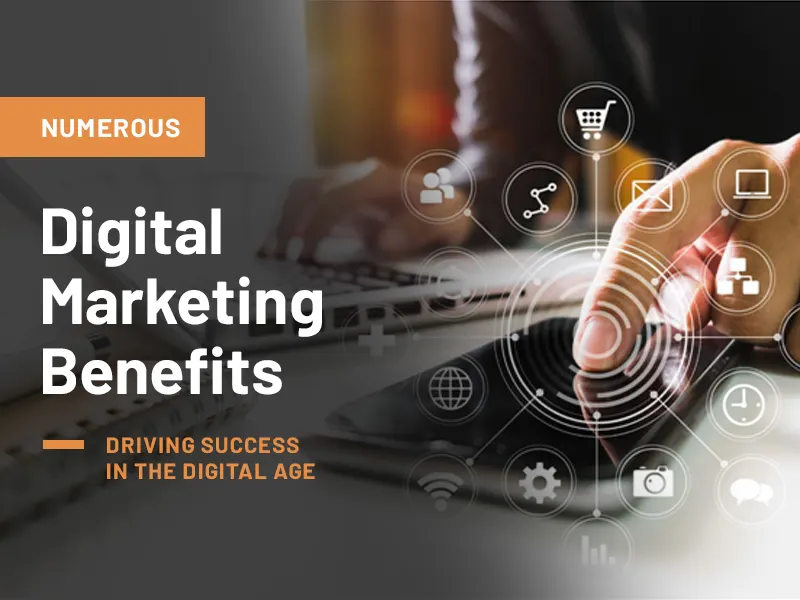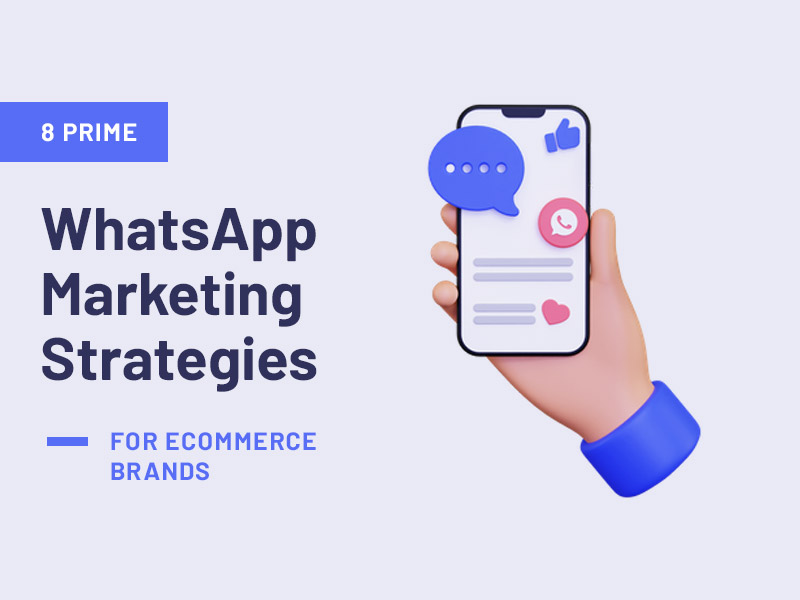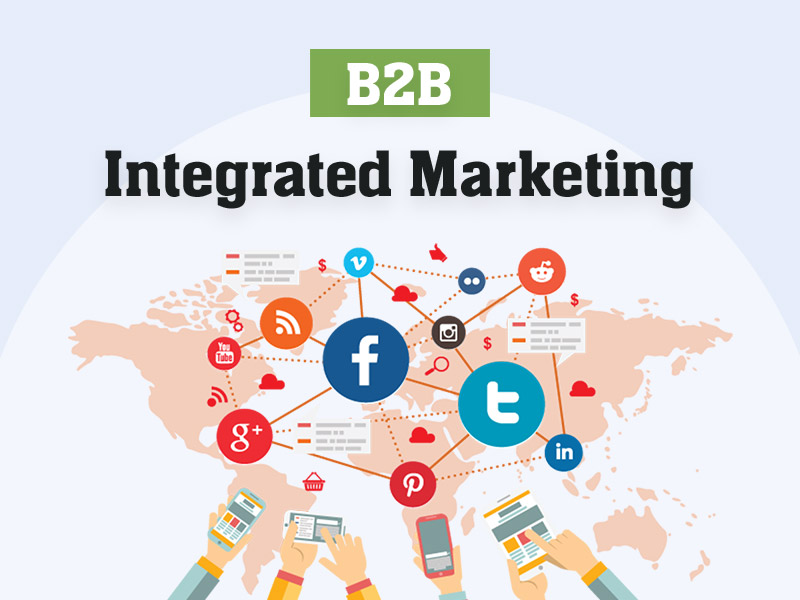Welcome to a journey through time and technology, where we explore the fascinating evolution of digital marketing. From its humble beginnings in the 90s to the dynamic landscape of today, this blog post will take you on a captivating ride filled with innovation, connectivity, and endless possibilities.
The 90s: Birth of Digital Marketing and Search
The 90s was a time when the world was buzzing with anticipation over this new thing called “the Internet.” It was during this era that digital marketing took its baby steps and began to make its mark on the business landscape.
One of the key milestones in this journey was the birth of digital marketing and search engines. Companies like Yahoo and AltaVista emerged as pioneers, providing users with a gateway to explore the vast expanse of online information. Suddenly, businesses had a new avenue for reaching their target audience – through search engine optimization (SEO).
But it wasn’t just about optimizing websites for search engines; email marketing also came into play. Companies leveraged this newfound tool to connect directly with consumers, delivering personalized messages right to their inboxes.
And let’s not forget banner ads! Those flashy graphics that adorned our favorite websites captured our attention and enticed us to click. Advertisers saw immense potential in these eye-catching banners and jumped at the chance to promote their products or services digitally.
The 90s also witnessed the rise of affiliate marketing – a strategy where businesses partnered with individuals or other companies to promote their offerings in exchange for a commission. This concept revolutionized how brands could tap into existing networks and expand their reach exponentially.
The Millennial Generation: Rise of Social Media and Connectivity
Social media has become an integral part of our lives, especially for the millennial generation. Born between the early 1980s and late 1990s, millennials grew up witnessing the rapid evolution of digital marketing.
During this time, platforms like MySpace and Friendster were popular among young adults as they allowed them to connect with friends online. But it was Facebook that truly revolutionized social media by providing a platform where people could share their thoughts, photos, and videos with a wider audience.
As connectivity improved, so did the popularity of social media platforms. Twitter enabled users to broadcast short messages in real time while Instagram focused on visual storytelling through images. YouTube became a hub for video content creators, giving rise to influencers who gained massive followings.
These advancements in technology transformed how businesses marketed their products or services. Brands began leveraging these platforms to engage directly with consumers through targeted advertising campaigns and influencer collaborations.
With smartphones becoming commonplace, millennials were able to access social media anytime and anywhere. This led to an explosion in mobile app usage among this tech-savvy generation.
The rise of social media and connectivity during the millennial era provided new avenues for digital marketing strategies. Businesses had to adapt quickly to stay relevant in this ever-changing landscape by harnessing the power of these platforms to reach their target audiences effectively.
The Mobile Era: Embracing Mobility and App Culture
Mobile devices have revolutionized the way we live, work, and connect with others. As smartphones become an integral part of our daily lives, it’s no surprise that digital marketing has had to adapt to this mobile era.
With the rise of app culture, businesses have new opportunities to engage with their target audience. Mobile apps provide a convenient platform for brands to showcase their products or services directly on users’ devices. From shopping apps that offer personalized recommendations to fitness apps that track your workout progress, there seems to be an app for everything.
As consumers increasingly rely on their mobile devices for information and entertainment, digital marketers must ensure their strategies are optimized for mobile platforms. This means responsive web design that adapts seamlessly across different screen sizes and intuitive user interfaces that make navigating a breeze.
Moreover, location-based marketing has gained traction in this mobile-centric world. With GPS technology integrated into smartphones, businesses can send targeted promotions based on users’ geographical location. Imagine receiving a notification about a nearby coffee shop offering a discount just as you’re passing by – talk about convenience!
In addition to traditional advertising methods like display ads and sponsored content within apps themselves, social media platforms have also undergone significant transformations in the mobile era. Instagram Stories and Snapchat filters allow brands to engage with customers creatively while harnessing the power of visual storytelling.
Embracing mobility goes beyond having a responsive website or creating branded apps; it’s about understanding how people are using their phones and tailoring your marketing efforts accordingly. The key is delivering value through seamless experiences across various touchpoints – from search results pages to social media feeds – all within the palm of your hand.
The Present: Social Networking Dominance and Influencer Marketing
Social networking has become an integral part of our daily lives. Platforms like Facebook, Instagram, Twitter, and LinkedIn have transformed the way we connect with others, share information, and consume content. Brands quickly recognized the potential of these platforms for marketing purposes.
As a result, social media marketing has gained immense popularity in recent years. Businesses are leveraging the power of social networks to engage with their target audience on a more personal level. They create compelling content that resonates with users and sparks conversations.
One major trend that has emerged is influencer marketing. Influencers are individuals who have built a loyal following on social media through their expertise or unique personality. Brands collaborate with these influencers to promote their products or services to their followers.
Influencer marketing allows brands to tap into the trust and credibility established by these influential individuals. By partnering with them, businesses can reach a wider audience and generate brand awareness organically.
Moreover, influencer marketing goes beyond traditional advertising methods by focusing on authentic storytelling rather than blatant promotion. This approach helps build trust among consumers who value genuine recommendations from people they admire or relate to.
To succeed in this era of social networking dominance and influencer marketing, businesses need to stay updated on emerging trends and constantly refine their strategies. It’s crucial to identify relevant influencers within your industry niche who align with your brand values.
The Five Ds of Digital Marketing: Navigating the Digital Landscape
In the complex realm of digital marketing, navigating the intricacies requires a comprehensive understanding of the five Ds: Digital Devices, Digital Content Platforms, Digital Media, Digital Data, and Digital Technology.
- Digital Devices: These are the tools through which individuals interact with digital content, such as computers and mobile phones. Tailoring marketing efforts to these devices ensures targeted reach and engagement.
- Digital Content Platforms: Platforms like social media serve as crucial channels for connecting with audiences. Crafting engaging content and utilizing these platforms strategically can amplify brand visibility and engagement.
- Digital Media: This encompasses both paid and owned digital channels, such as online advertising and social media marketing. Leveraging these channels effectively enables businesses to communicate their message to the right audience.
- Digital Data: Data-driven insights about the target audience are invaluable for crafting effective marketing campaigns. Gathering data through surveys, apps, and other means provides a deeper understanding of customer preferences and behaviors.
- Digital Technology: Embracing technology advancements like Artificial Intelligence (AI), Augmented Reality (AR), and Virtual Reality (VR) can enhance the user experience and create innovative marketing strategies.
Types of Digital Marketing: Diverse Avenues for Engagement
As we have journeyed through the evolution of digital marketing, it’s clear that this field is constantly evolving and adapting to new technologies. From its humble beginnings in the 90s to the present day, digital marketing has undergone significant transformations, shaping the way businesses connect with their audiences.
Today, there are numerous types of digital marketing strategies available for businesses to engage with their target customers. These avenues offer diverse opportunities for engagement and can be tailored to suit specific goals and objectives.
- Search Engine Optimization (SEO) remains a fundamental aspect of any digital marketing strategy. By optimizing websites and content for search engines, businesses can increase their online visibility and attract organic traffic. This type of marketing focuses on improving website rankings in search engine results pages (SERPs), driving more qualified leads to your business.
- Content Marketing involves creating valuable and relevant content that aims to educate, entertain, or inspire your audience. Through blog posts, infographics, videos, podcasts, and other formats, you can establish thought leadership within your industry while building trust with potential customers.
- Social Media Marketing plays a crucial role in today’s digitally connected world. Platforms like Facebook Instagram Twitter LinkedIn Pinterest YouTube allow businesses to reach a massive audience quickly and effectively. By leveraging these platforms’ advertising capabilities or building an organic following through engaging content creation, brands can enhance their visibility significantly.
- Pay-Per-Click Advertising (PPC) enables marketers to display ads on search engines or social media platforms based on targeted keywords or user demographics. The advantage of PPC is that you only pay when users click on your ad, making it cost-effective compared to traditional forms of advertising such as TV commercials or billboards.
- Email Marketing continues to be one of the most effective ways for businesses to nurture leads into paying customers. With personalized email campaigns catering specifically to individual interest preferences, you can deliver timely messages directly into people’s inboxes fostering long-term relationships.
FAQs: Unraveling the Evolution of Digital Marketing
How did digital marketing evolve from traditional marketing?
Digital marketing emerged as a response to the evolution of technology and changing consumer behaviors. It offered businesses a more cost-effective and targeted way to reach their audiences, eventually leading to a shift from traditional marketing methods.
What are the four stages of marketing evolution?
Marketing has evolved through four stages: Production Era, Sales Era, Marketing Era, and Marketing Company Era. Each stage represents a distinct approach to meeting customer needs and driving business growth.
Who pioneered digital marketing?
Digital marketing’s origin can be traced back to 1995 when CSNL launched internet services in India. This marked the initial step toward digital marketing in the country, eventually leading to its global adoption.
Why is digital marketing growing?
The proliferation of the internet and digital technologies has made online engagement an integral part of people’s lives. As more individuals use the internet for various activities, digital marketing has grown to meet this increasing demand for online interaction and engagement. SEO for small businesses that are looking to gain local traffic is especially essential in today’s time.
Conclusion
The evolution of digital marketing has been a journey driven by technological advancements, changing consumer behaviors, and the ever-expanding digital landscape. From the early days of basic search engines and web-ad banners in the 1990s to the mobile era’s app culture and the dominance of social networking platforms today, digital marketing has continually adapted to connect with audiences in meaningful ways.
As we peer into the future, the trajectory of digital marketing promises further innovation and transformation. The rise of cutting-edge technologies like Artificial Intelligence, data analytics, and immersive experiences like Virtual and Augmented Reality holds the potential to reshape how brands engage with consumers. The integration of smart devices, the Internet of Things (IoT), and personalized AI-driven interactions could usher in a new era of hyper-targeted, contextually relevant marketing.
In this dynamic environment, staying ahead in the world of digital marketing requires not only an understanding of past trends but also an agile mindset to anticipate and capitalize on emerging opportunities. Just as the digital marketing pioneers of the past embraced new possibilities, today’s marketers must be prepared to explore uncharted territories and harness the power of technology to create unforgettable customer experiences.
